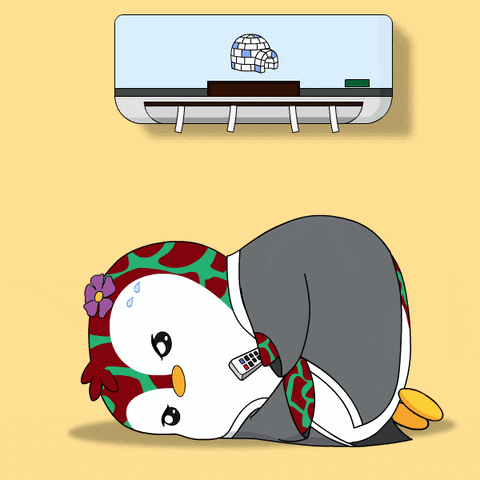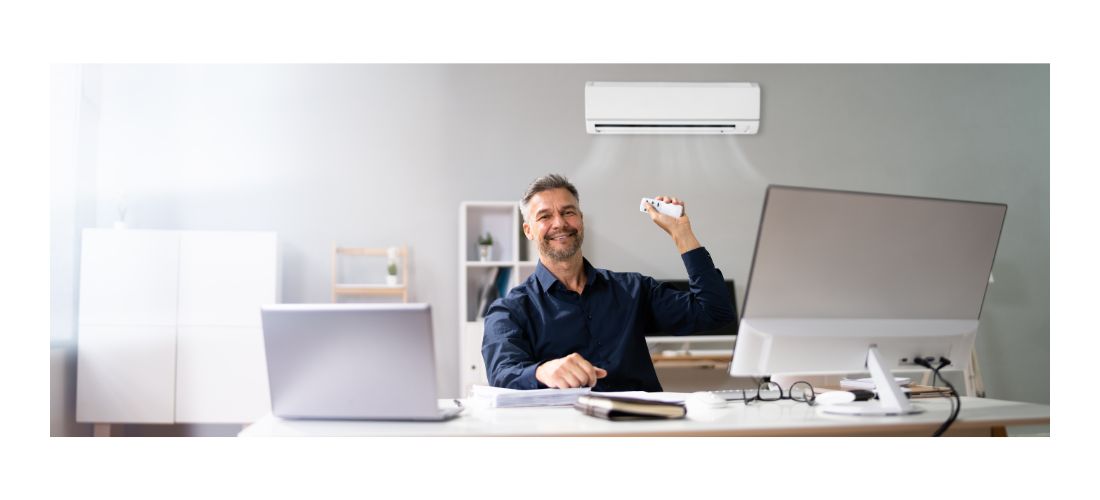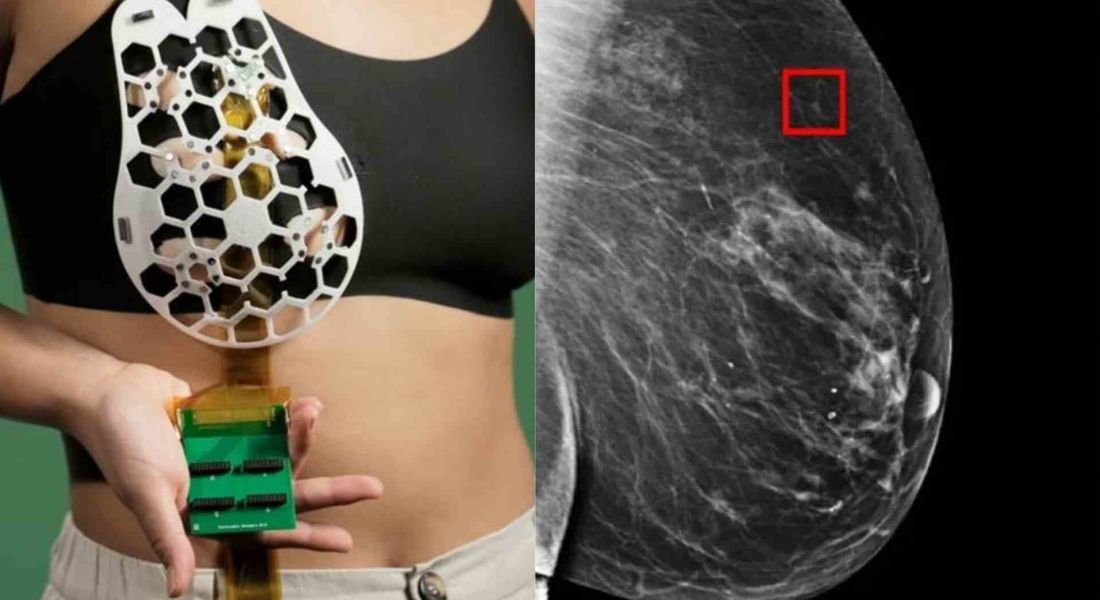Imagine it’s a hot summer day and there’s a power outage. You’re hot and sweaty, wishing for a cool gust of air conditioning. But can your AC still run in a blackout? The answer lies in the innovative technology of inverter ACs. These energy-efficient units can run on inverters, bringing much-needed relief even during power outages. Here we explore the fascinating world of inverter ACs and how they keep you cool when the power grid fails.
Inverter ACs, known for their energy efficiency, can be powered by inverters during power outages. The capacity of the inverter needs to be sufficient to handle the AC‘s load. A typical home inverter might not be powerful enough, requiring a minimum of 4kVA for a 1-ton AC unit.
- While inverter ACs work with inverters during outages, battery capacity is crucial. A 1.5-ton unit running for just an hour needs a hefty 400Ah battery.
- Powerful inverters and large batteries can be expensive, making this solution impractical for some.
- Solar panels offer a sustainable and cost-saving option to power your inverter AC during outages.
Understanding Amperes, Inverters, and AC Operation
The electrical current flowing through a circuit is measured in amperes (amps). Appliances require a specific amperage to function properly. Low-current appliances draw fewer amps, while high-current appliances require more. For instance, a small AC unit might draw 7.5 amps from a 120-volt circuit, whereas a medium-sized unit could draw 15 amps. This difference determines whether the AC can share a circuit with other devices or needs a dedicated one.
- Inverters: Converting DC to AC: Inverters convert direct current (DC) from batteries into alternating current (AC) during power outages, allowing essential appliances to run.
- DC Input vs. AC Output: A 12-volt DC inverter typically requires 11 amps of DC to produce 1 amp of AC. So, to run a 5-amp window AC, you’d need an inverter that supplies at least 55 amps of Direct current (DC).
Running Your AC on an Inverter
Ensuring your inverter’s DC output is proportional to your AC’s amperage is crucial. A small AC unit requires a correspondingly sized inverter. An underpowered inverter can overload and trip the circuit, rendering both the AC and inverter inoperable. Furthermore, your inverter’s batteries need to be in good condition and appropriately sized to provide enough current for your AC. By fulfilling these requirements, you can ensure your AC keeps you cool even during power cuts.

Inverter ACs
Many people are confused by the terminology associated with inverter air conditioners (ACs).
An inverter AC uses inverter technology to regulate the compressor’s speed and adjust its cooling capacity. This is unlike traditional ACs that turn on and off completely to maintain the desired temperature.
- An inverter AC utilizes a variable-speed compressor, allowing it to run at different speeds. This contrasts with a fixed-speed compressor in a traditional AC that can only operate at full blast.
- By fine-tuning the compressor speed, inverter ACs can maintain a consistent temperature more effectively, eliminating the uncomfortable fluctuations experienced with traditional on/off cycling.
- Continuously running at variable speeds optimizes energy consumption. Inverter ACs avoid the surge of energy required by traditional ACs to restart the compressor every time it cycles on.
- Variable speed operation translates to quieter operation compared to the abrupt on/off cycles of traditional ACs.
Running an Inverter AC on a Home Inverter
Yes, both inverter and regular ACs can be powered by a home inverter during a power outage. However, the inverter needs to be sufficiently sized to handle the AC’s starting load, which is higher than the running load. Inverter ACs typically have a slightly lower starting load than standard ACs.
For instance, to run a 1.5-ton inverter AC for an hour during a power outage, you would need a 4kVA inverter with a 400Ah battery backup. It’s important to note that running an AC significantly reduces backup time, so it’s recommended to keep the thermostat at a comfortable temperature (around 24°C) to maximize efficiency.
Last Words
- Inverter ACs operate on AC power, not DC power, and do not have built-in batteries.
- The term “inverter” in inverter AC refers to the variable-frequency technology, not a device for converting DC to AC power.
- Inverter ACs cannot run without electricity. The inverter technology controls compressor speed, not power generation.
Also Read:




